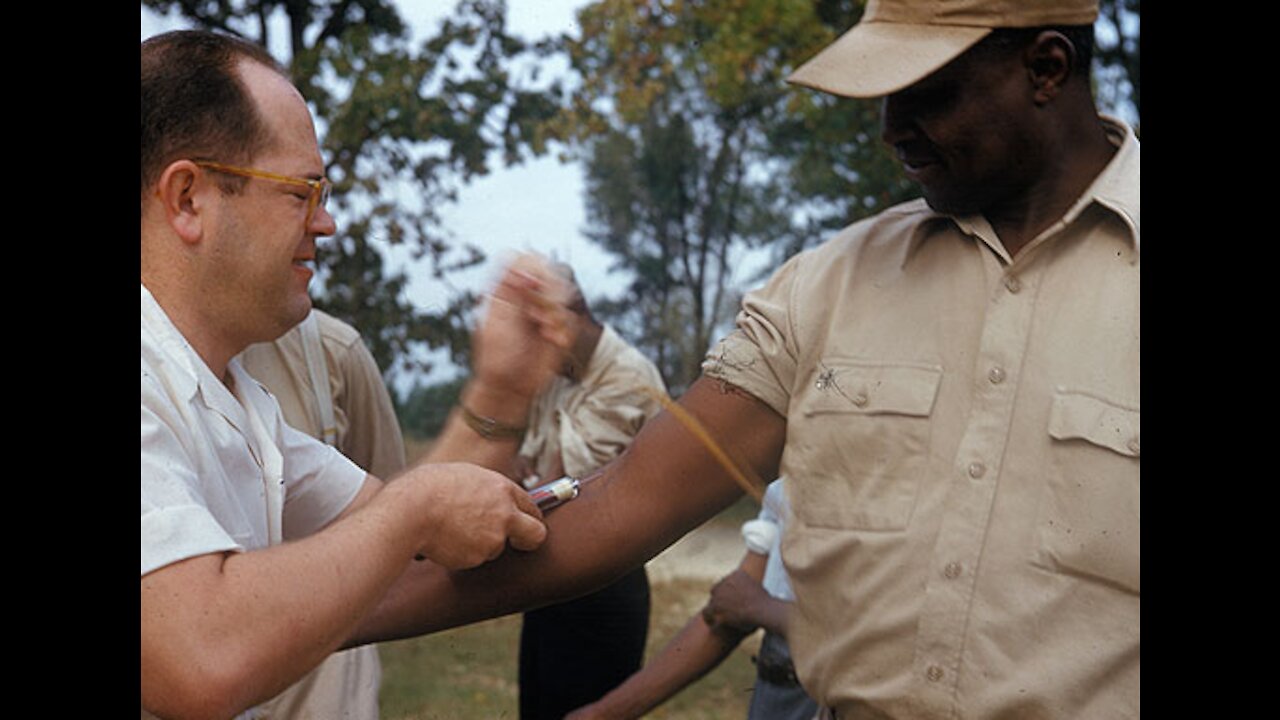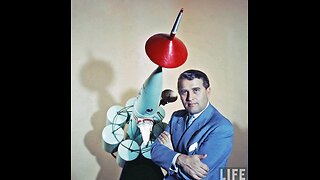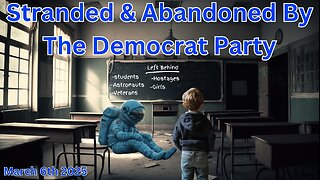Premium Only Content

Tuskegee Syphillis Experiment
Tuskegee Syphilis Experiment explained with the help of photos and documentation. Courtesy of the National Archives and Records Administration.
Tuskegee Syphilis Study
From Wikipedia, the free encyclopedia
Tuskegee Syphilis Study
Tuskegee-syphilis-study doctor-injecting-subject.jpg
A doctor draws blood from one of the Tuskegee test subjects
Dates 1932–1972
Locations Tuskegee, Alabama
Funding U.S. Public Health Service (PHS)
The Tuskegee Study of Untreated Syphilis in the Negro Male[1][2][3] (informally referred to as the "Tuskegee Syphilis Experiment," the "Tuskegee Syphilis Study," the "Tuskegee Study of Untreated Syphilis in the African American Male," the "U.S. Public Health Service Syphilis Study at Tuskegee," or the "Tuskegee Experiment") was an ethically unjustified study conducted between 1932 and 1972 by the United States Public Health Service (PHS) and the Centers for Disease Control and Prevention (CDC).[4][5] The purpose of this study was to observe the natural history of untreated syphilis. Although the African-American men who participated in the study were told that they were receiving free health care from the federal government of the United States, they were not.[6]
The Public Health Service started the study in 1932 in collaboration with Tuskegee University (then the Tuskegee Institute), a historically black college in Alabama. In the study, investigators enrolled a total of 600 impoverished African-American sharecroppers from Macon County, Alabama.[6] Of these men, 399 had latent syphilis, with a control group of 201 men who were not infected.[5] As an incentive for participation in the study, the men were promised free medical care, but were deceived by the PHS, who never informed subjects of their diagnosis[7][8][9][10] and disguised placebos, ineffective methods, and diagnostic procedures as treatment.[11]
The men were initially told that the "study" was only going to last six months, but it was extended to 40 years.[5] After funding for treatment was lost, the study was continued without informing the men that they would never be treated. None of the infected men were treated with penicillin despite the fact that by 1947, the antibiotic was widely available and had become the standard treatment for syphilis.[12]
The study continued, under numerous Public Health Service supervisors, until 1972, when a leak to the press resulted in its termination on November 16 of that year.[13] The study caused the deaths of 128 of its participants, either directly from syphilis or from related complications.[14]
The 40-year Tuskegee Study was a major violation of ethical standards,[12] and has been cited as "arguably the most infamous biomedical research study in U.S. history."[15] Its revelation led to the 1979 Belmont Report and to the establishment of the Office for Human Research Protections (OHRP)[16] and federal laws and regulations requiring institutional review boards for the protection of human subjects in studies involving them. The OHRP manages this responsibility within the United States Department of Health and Human Services (HHS).[16] Its revelation has also been an important cause of distrust in medical science and the US government amongst African Americans.[15]
Study participants
The five survivors who attended the White House ceremony in 1997 were Charlie Pollard, Herman Shaw, Carter Howard, Fred Simmons, and Frederick Moss. The remaining three survivors had family members attend the ceremony in their name. Sam Doner was represented by his daughter, Gwendolyn Cox; Ernest Hendon by his brother, North Hendon; and George Key by his grandson, Christopher Monroe.[39] The last man who was a participant in the study died in 2004.
Charlie Pollard appealed to civil rights attorney Fred D. Gray, who also attended the White House ceremony, for help when he learned the true nature of the study he had been participating in for years. In 1973, Pollard v. United States resulted in a $10 million settlement.[6]
Another participant of the study was Freddie Lee Tyson, a sharecropper who helped build Moton Field, where the legendary “Tuskegee Airmen” learned to fly during World War II.[8]
Background Music "Somebody Ease My Trouble Mind", "Wonderful World", "Change Gonna Come", "Another Saturday Night", "Bring It On Home To Me", by Sam Cooke
-
 22:08
22:08
Diane St Laurent
10 months agoNASA White Sands Missile Range
3891 -
![🔴[LIVE TRADING] Time To Buy The Stock Market Dip?! || The MK Show](https://1a-1791.com/video/fwe1/31/s8/1/K/O/5/p/KO5py.0kob-small-The-MK-Show-Mar.-6th.jpg) LIVE
LIVE
Matt Kohrs
10 hours ago🔴[LIVE TRADING] Time To Buy The Stock Market Dip?! || The MK Show
1,338 watching -
 36:20
36:20
BonginoReport
4 hours agoJoe Rogan Brings Back Pizzagate (Ep.154) - 03/06/2025
67.6K77 -
 LIVE
LIVE
Wendy Bell Radio
6 hours agoStranded & Abandoned By The Democrat Party
13,409 watching -
 7:41
7:41
Adam Does Movies
16 hours ago $10.17 earnedDaredevil: Born Again Review - Does Disney Do The Show Justice?
59.6K5 -
 5:06
5:06
Tundra Tactical
16 hours ago $3.85 earnedPam Bondi MUST Stop ATF's Zero Tolerance Policy NOW!
28K7 -
 18:38
18:38
The Lou Holtz Show
21 hours agoLou Holtz: "Trump Stands for America—And He Means It!" | Ukraine, Pete Rose & Common Sense 🇺🇸
48.4K10 -
 3:54
3:54
Randi Hipper
21 hours ago$100,000 BITCOIN COMING! HERE'S WHY
30K3 -
 9:34
9:34
ariellescarcella
14 hours ago"Born This Way Is A Lie" : Religious Debate
51.3K12 -
 6:05:13
6:05:13
Akademiks
18 hours agoDay 1/30. Drake Drops lawsuit vs iHeartMedia? Offset and Cardi Calls it Quits. 50 v Jim Jones?
230K14